Study found no link between migraine and Parkinson’s disease
On Aug. 21, 2024, Contrary to previous research, a new study of female participants finds no link between…
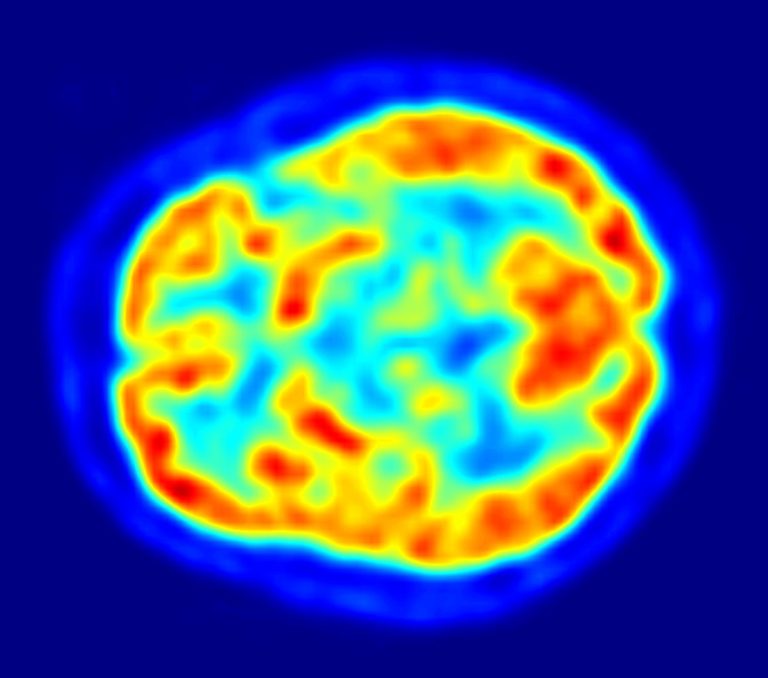
On Aug. 21, 2024, Contrary to previous research, a new study of female participants finds no link between…

On Aug. 13, 2024, Eli Lilly announced the opening of the Lilly Seaport Innovation Center (LSC), a research…

On Aug. 7, 2024, Amneal Pharmaceuticals announced that the U.S. Food and Drug Administration (FDA) had approved CREXONT…
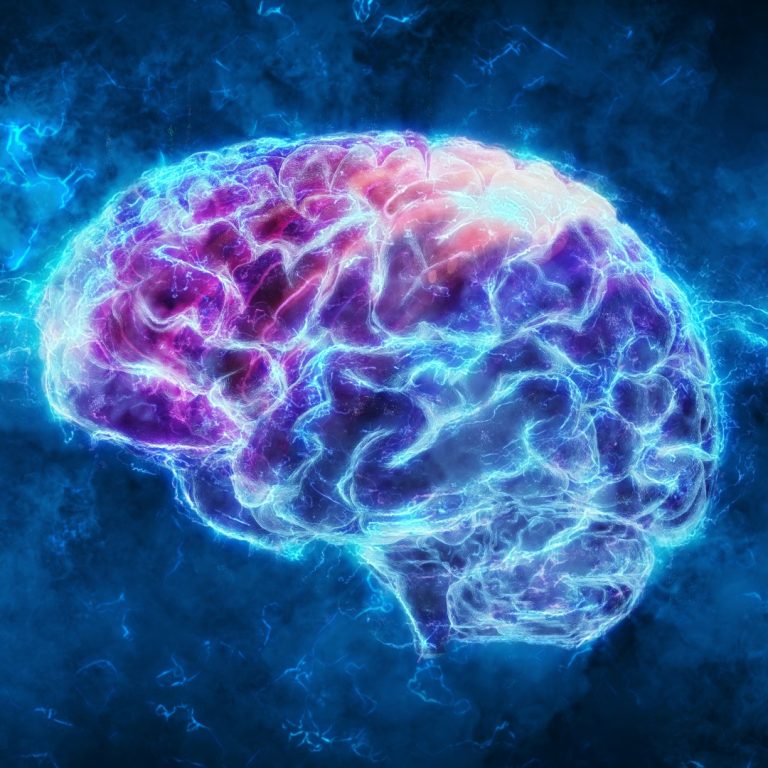
On Aug. 6, 2024, the U.S. Food and Drug Administration (FDA) announced it had approved vorasidenib (Voranigo, Servier…

On Jul. 31, 2024, the Lancet Standing Commission released its 2024 Dementia prevention, intervention, and care report that…
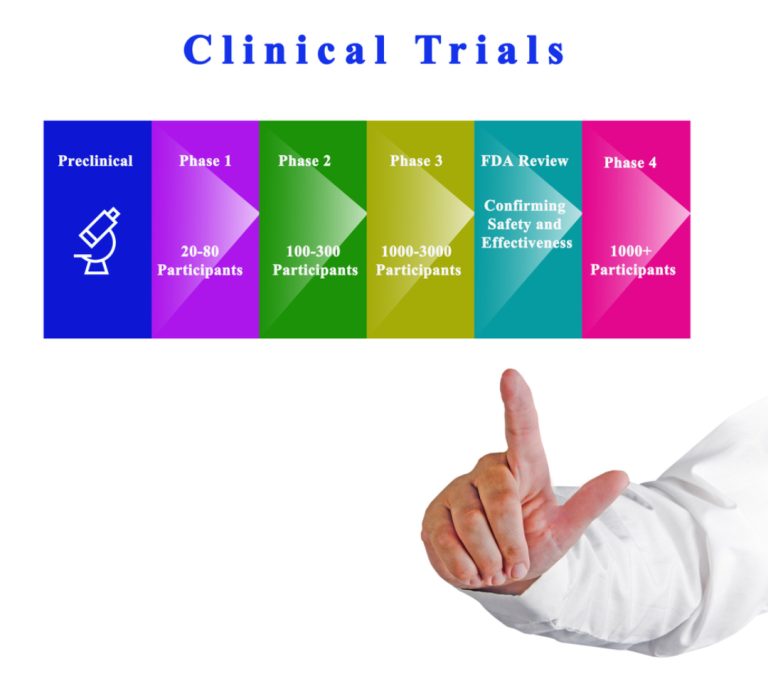
On Jul. 31, 2024, researchers at Washington State University (WSU) announced that the cannabigerol (CBG) effectively reduced anxiety…
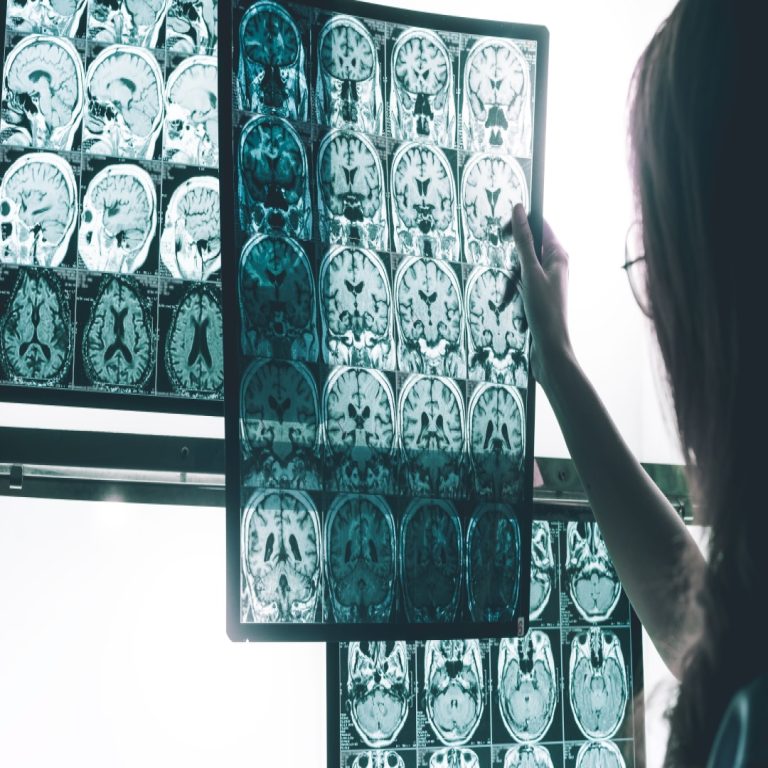
On Jul. 30, 2024, a head-to-head comparison of six commercially available blood tests for Alzheimer’s disease led by…
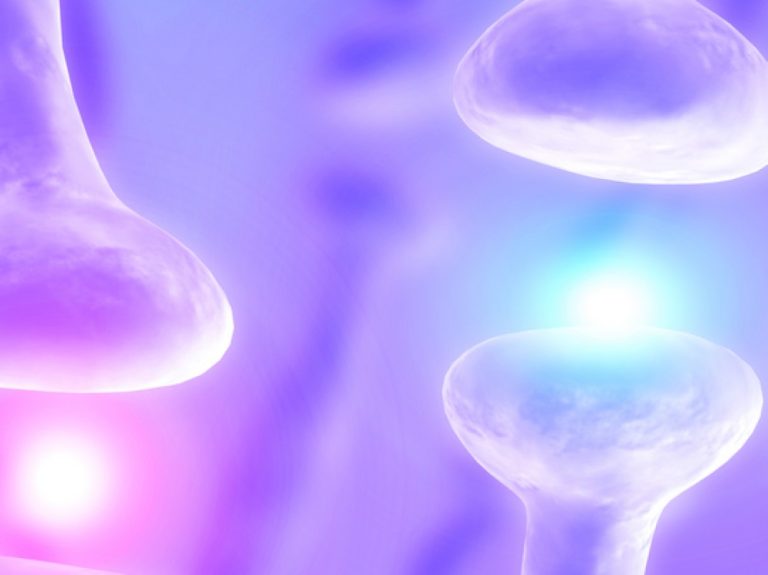
On Jul. 10, 2024, Scripps Research scientists announced they have identified a group of neurons in a small…
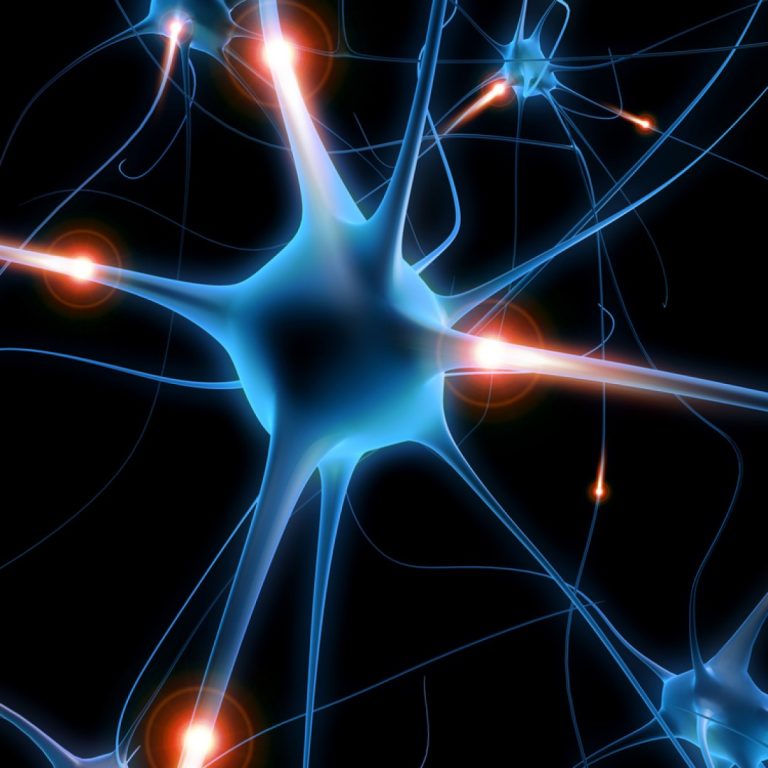
On Jul. 2, 2024, scientists at the National Institutes of Health (NIH) have uncovered a brain circuit in…
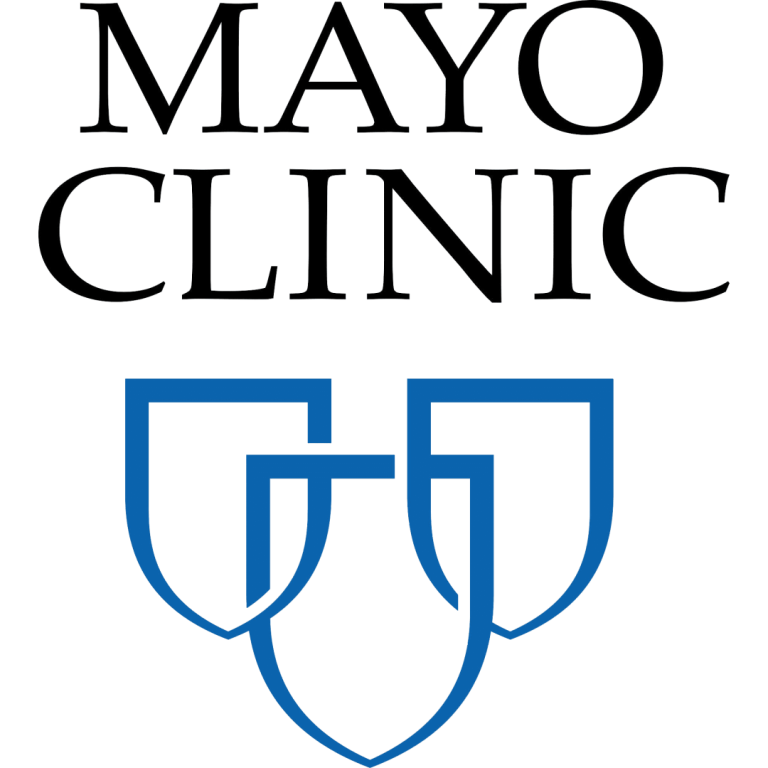
On Jun. 27, 2024, C2N Diagnostics (C2N), has entered into a non-exclusive agreement with Mayo Clinic Laboratories, for…

On Jul. 16, 2024, Colorado Parks and Wildlife officials announced the first finding of ‘rustrela virus’ in a…

On Jun. 12, 2024, scientists at Weill Cornell Medicine in New York City reported that just a few…

On May 30, 2024, the California Institute for Regenerative Medicine (CIRM) announced it had awarded $53 million to…
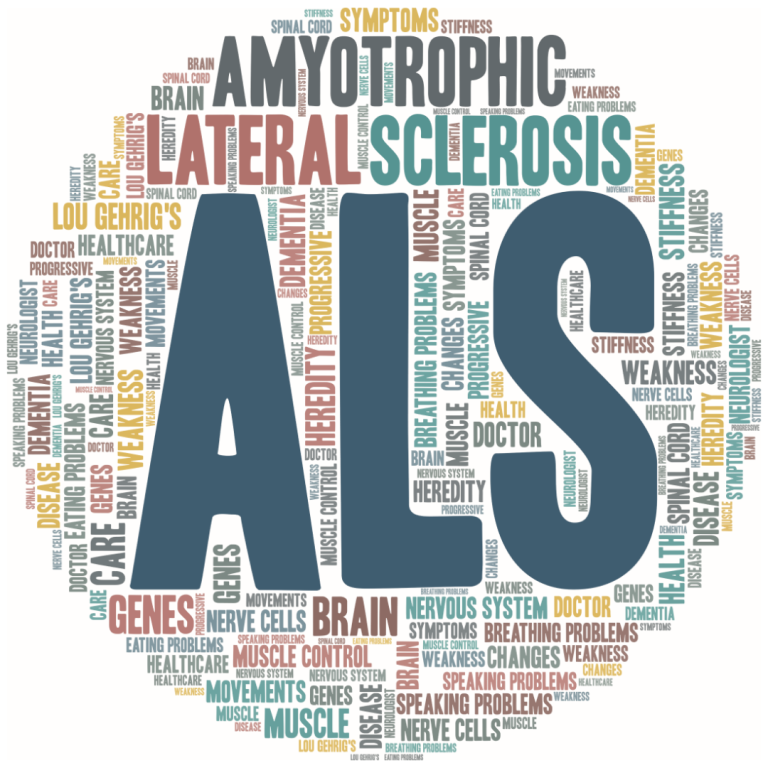
On May 30, 2024, Biogen announced that the European Commission (EC) had granted marketing authorization under exceptional circumstances…
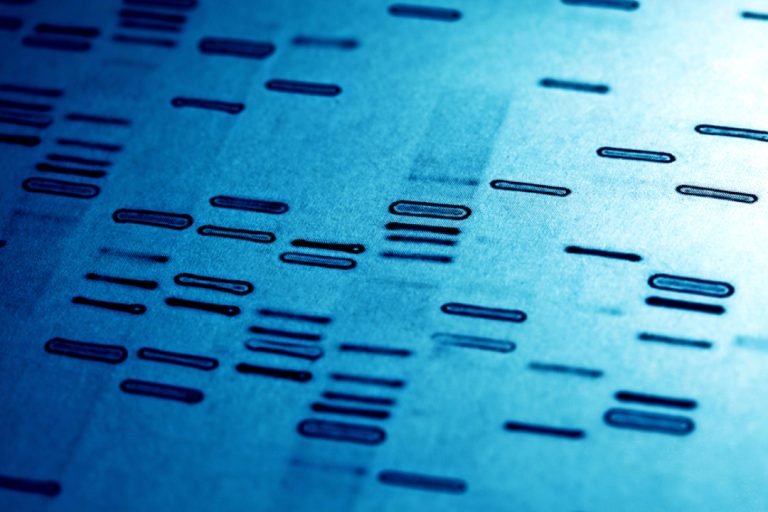
On May 29, 2024, 23andMe with support from The Michael J. Fox Foundation for Parkinson’s Research, announced it…
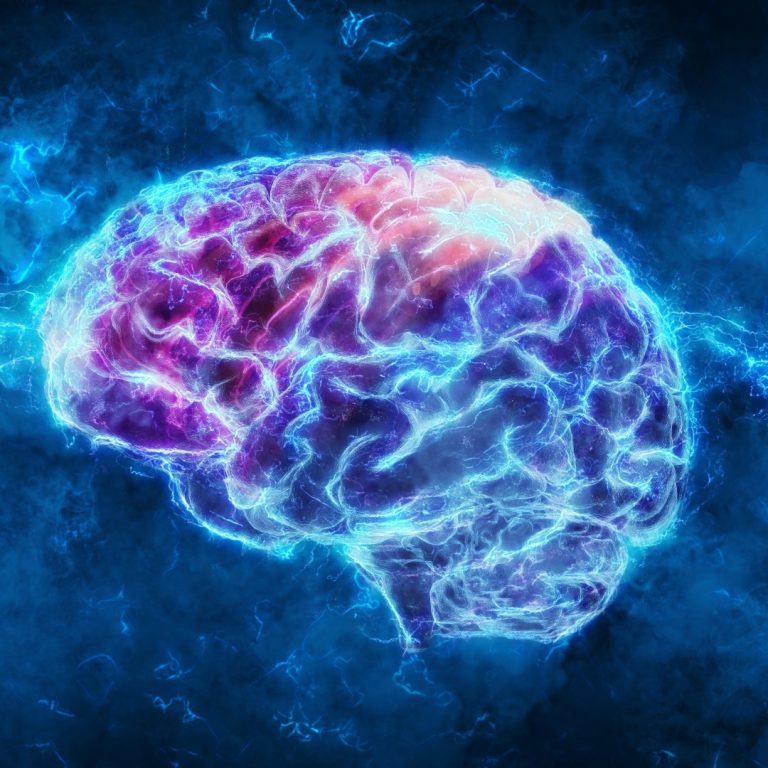
On May 24, 2024, a consortium of researchers announced it had produced the largest and most advanced multidimensional…
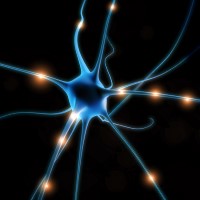
On May 15, 2024, a team of scientists led by National Institutes of Health (NIH) researchers announced it…
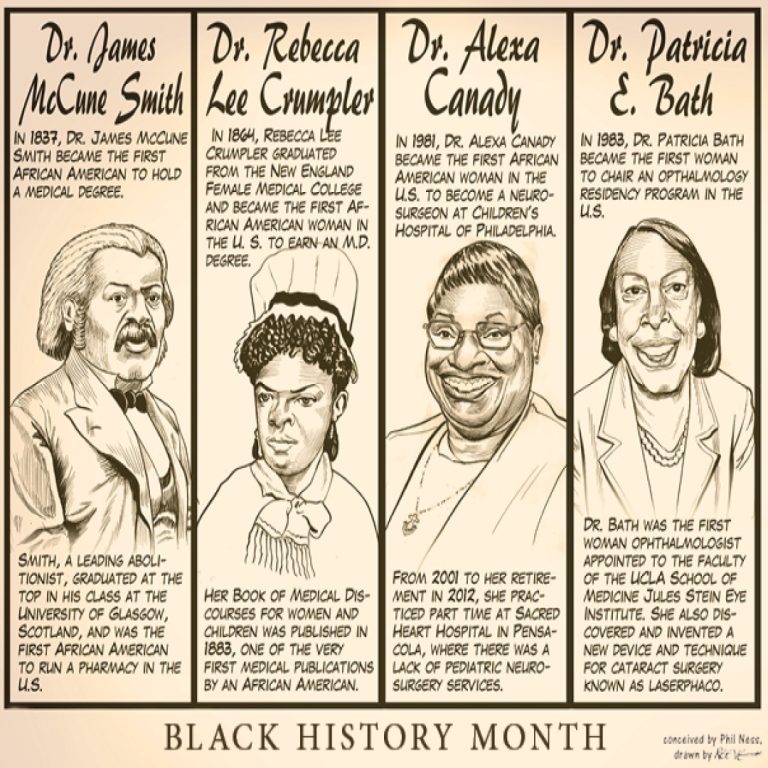
Black History Month Celebrates the pioneering accomplishments of James McCune Smith, Rebecca Lee Crumpler, Alexa Canady and Patricia…
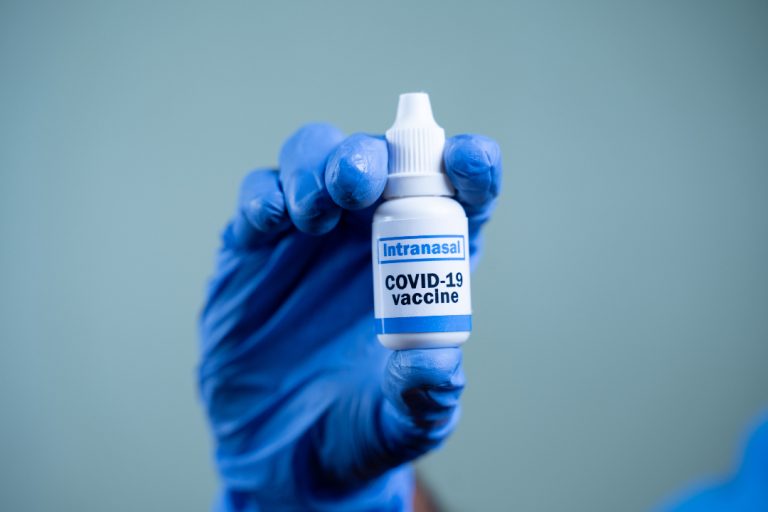
On Apr. 30, 2024, a meta-analysis of six randomized controlled trials in JAMA Neurology found no increase in seizures in…

On Apr. 29, 2024, Oregon Health Sciences University (OHSU) reported a patient with the first documented case of…
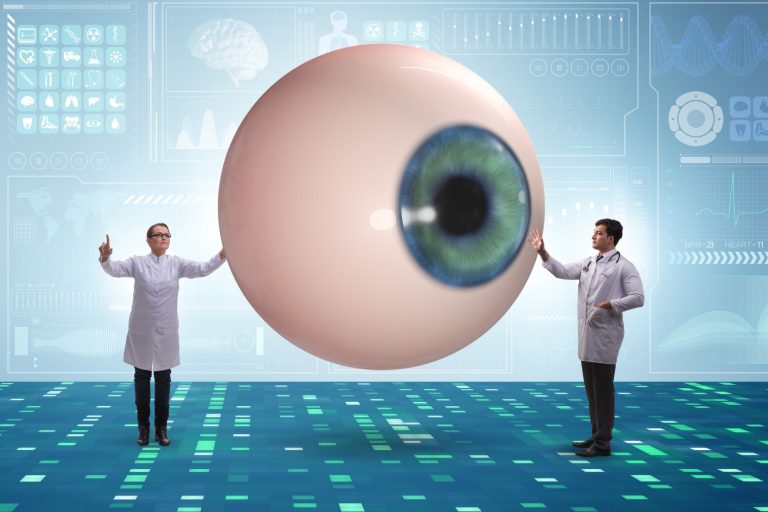
On Apr. 26, 2024, the California Institute for Regenerative Medicine (CIRM) announced it had approved awarding nearly $31…
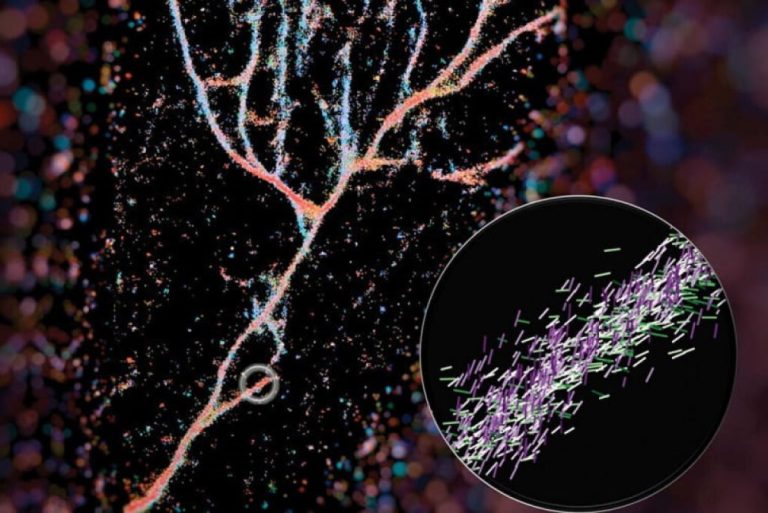
On Apr. 26, 2024, engineers at Washington University in St. Louis announced a new imaging technique that give…

On Apr. 11, 2024, a study of data from more than 2 million children in Sweden reported that…
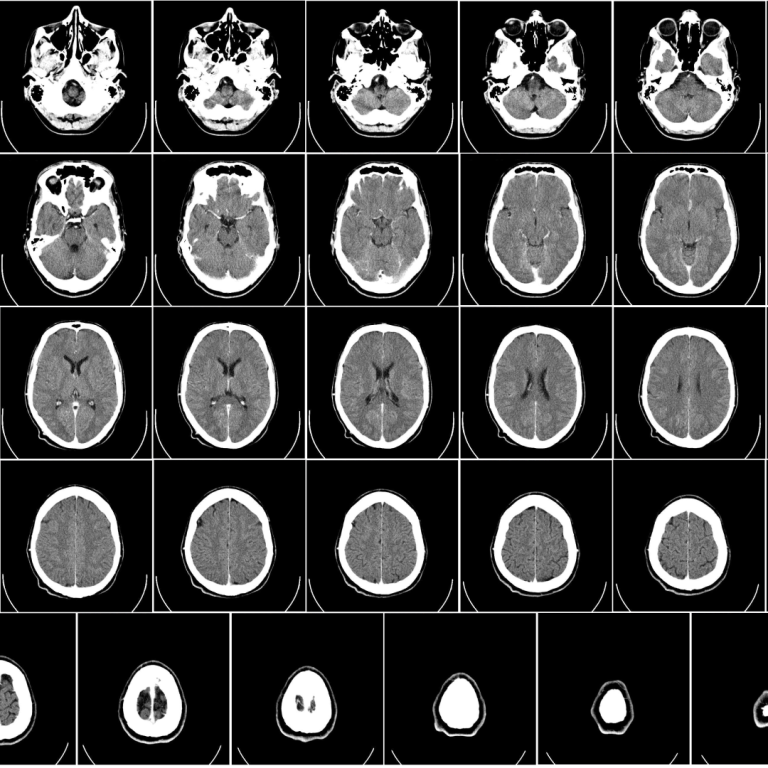
On Mar. 18, 2024, using advanced imaging techniques and in-depth clinical assessments, a research team at the National…

On Mar. 13, 2024, researchers at the National Institutes of Health (NIH) announced they had discovered that symptoms…

On Feb. 24, 2024, C2N Diagnostics (C2N) announced the medical device registration from the United Kingdom’s Medicines and…
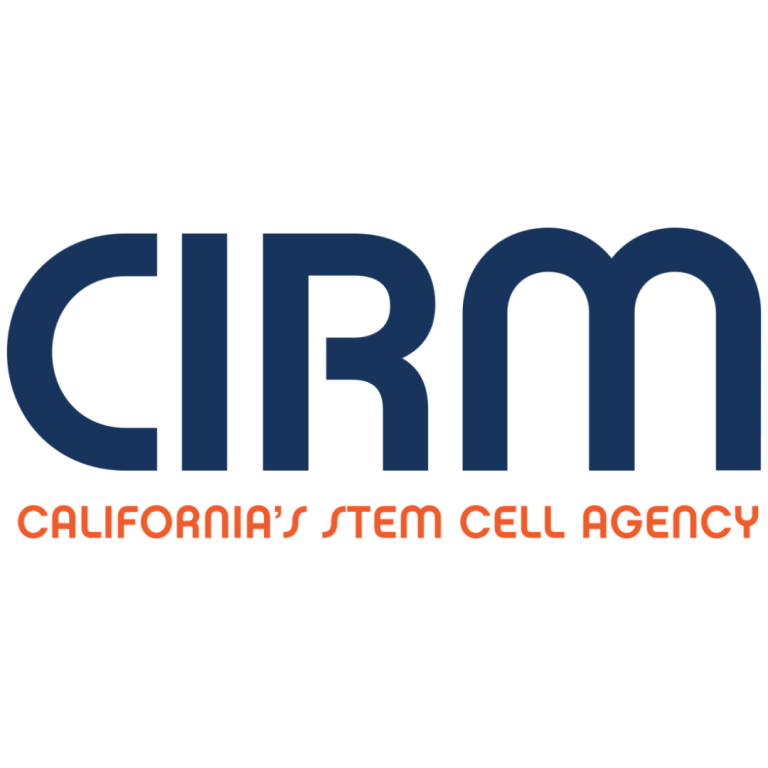
On Feb. 23, 2024, the California Institute for Regenerative Medicine (CIRM) awarded $56 million to fund various clinical…

On Jan. 25, 2024, a study led by the University of Edinburgh, is the largest genetic study of…

On Jan. 25, 2024, dozens of noted scientists, philanthropists, and Washington University, state and local leaders celebrated the…
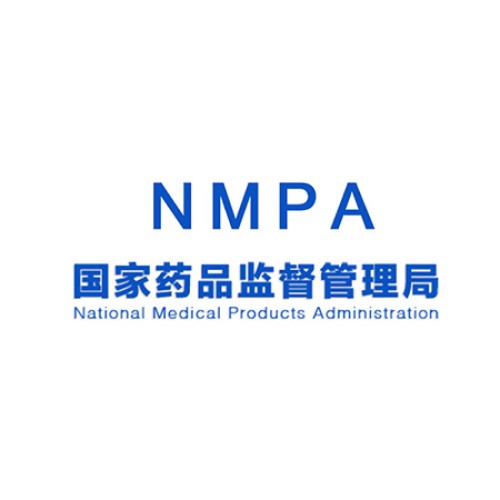
On Jan. 9, 2024, Biogen and Eisai announced that humanized anti- soluble aggregated amyloid-beta (Aβ) monoclonal antibody ‘LEQEMBI’…